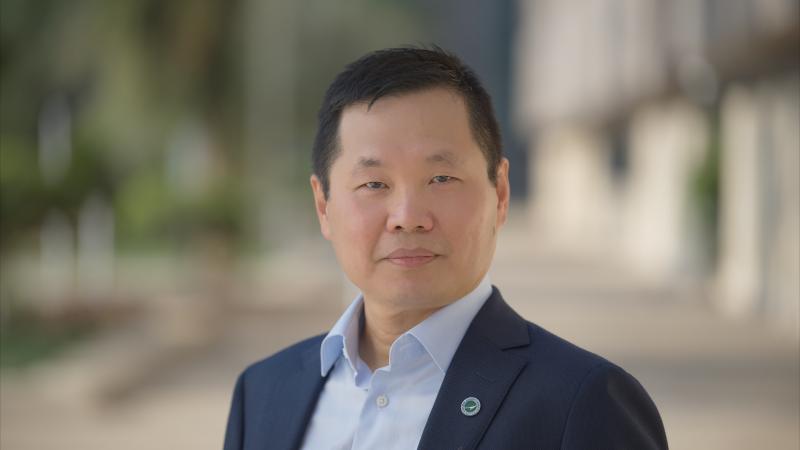Event Start
Event End
Location
Abstract
High-density and well-aligned self-catalyst III-nitride nanowires are defect- and strain-free by nature. These characteristics make them suitable for next-generation light-emitting and photovoltaic/photocatalytic devices on a non-conventional platform such as poly-crystalline metals or even non-crystalline amorphous substrates.
In this talk, catalyst- and mask-free GaN nanowires ensemble were grown by plasma-assisted molecular beam epitaxy (PA-MBE) under nitrogen-rich condition. Prior to optoelectronic device realization, we conducted fundamental studies including diffusion-induced growth mechanisms on various substrates. On bare fused silica substrate, without any buffer layer, hundreds-of-nanometer scale grains of GaN nanowires were examined by SEM and interfaces were investigated by TEM. Despite the poly-crystalline properties of the coalescent columnar GaN layer, each grain showed the preferential orientation along the c-axis growth direction. To provide conductivity and transparency on amorphous fused silica as a thermally durable substrate, transparent conductive oxide (TCO) layers were deposited by RF magnetron sputtering method on a fused silica glass substrate. Next, for the heterogeneous integration toward solar cell application, we introduced n-GaN nanowires as an electron transport layer (ETL) for methylammonium lead iodide (MAPbI3) perovskite solar cells (PSCs). n-GaN nanowires showed high electron mobility and UV blocking characteristics with MAPbI3. Moreover, finite-difference time-domain (FDTD) simulation confirmed that the roughened interfaces of GaN nanowire arrays are helpful for photon recycling. These achievements can open a new pathway for the heterogeneous integration of group-III nitride and perovskite semiconductors and substrate-independent epitaxy.
Brief Biography
Jung-Wook Min is currently a research scientist in the Photonics Laboratory at King Abdullah University of Science and Technology (KAUST), Saudi Arabia. He received his Ph.D. in applied physics from Gwangju Institute of Science and Technology (GIST), the Republic of Korea in 2016, and joined Ooi-group at KAUST as a postdoctoral fellow in 2017. His research mainly focuses on the plasma-assisted molecular beam epitaxy growth of group-III nitrides and its heterogeneous integration with other material systems for optoelectronic device applications.

